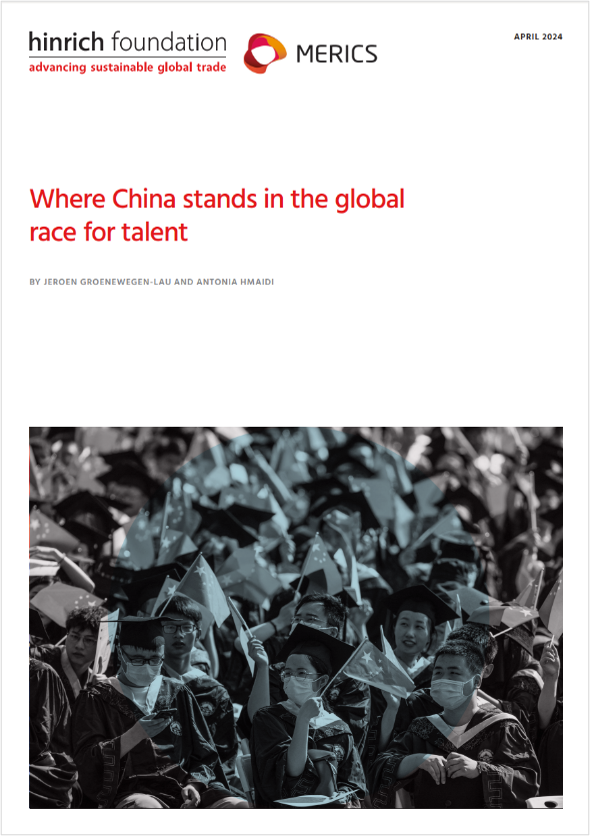Published 16 January 2025
Nations that succeed over the longer term are invariably the ones that keep their doors more open. Immigration’s link to trade policy will become increasingly important in the years to come in determining the outcome of a global geopolitical contest. Three charts set out these issues in our coverage.
One of the most significant features of Donald Trump’s winning campaigns was his ability to tap into a rich vein of rising national discomfort with unchecked immigration. That this is a dangerous vein to tap is of historical obviousness. But to ignore the development of such trends or to dismiss the roots of their worldwide resurgence is equally risky.
Yet we know this by now: Nations that succeed over the longer term are invariably the ones that keep their doors more open to the wider world. This is true for trade in merchandise and services as much as it is in human capital. Talent wants to be free and thrives in a culture of cross-border pollination. As many of the world’s economies increasingly raise trade and immigration barriers in an effort to solve the conundrum, they risk throwing the baby out with the bathwater. Trade may have contributed to sharpening worries about domestic employment opportunities, but there is no shortage of data to tell us that it is informed policy and careful management – not closed doors – that are the answer.
In the world’s second-largest economy, China is making swift inroads in attracting foreign expertise in cutting-edge science and technology sectors. But it is also struggling to retain this talent and attract it at the highest end. "The more elite, the lower China’s share," MERICS analysts Jeroen Groenewegen-Lau and Antonia Hmaidi found in a paper commissioned by the Hinrich Foundation.
Still, the West should beware of its own complacency: China has in three years come from nowhere to become the second-largest talent pool in the world for science, tech, engineering, and mathematics sectors, and it’s closing the talent gap against the US at warp speed.
Our set of charts shows the estimated shortfall for global talent in 10 key manufacturing sectors in cutting-edge technology, including robotics, critical materials, aerospace, biomedicine, as well as old-school essential infrastructure.
They also chart the number of Chinese students studying overseas who settle home for employment, and then leave again.
In the opposite direction, see how Chinese-educated scientists are fleeing the US since 2020 – and staying away.
Prudent immigration policy is part and parcel of advancing sustainable trade. On the same subject, Institute for Progress Senior Fellow Jeremy Neufeld explored in another Hinrich Foundation paper how US immigration policy is failing its own geostrategic agenda by discouraging talented immigrants from joining the American private sector. US immigration policy traps foreign talent in thickets of red tape and places legal hurdles for the absorption of global tech talent at a time when the US most needs it, Neufeld found.
The British historian and author Ben Macintyre, who writes prolifically on the Second World War, describes in one of his books the highly valuable British agent (of Serbian origin), an international playboy called Dusko Popov who was not often given to emotional talk.
However, Popov was close to his British case officer Billy Luke. Macintyre related that in a farewell note to Luke, Popov wrote with an unexpected sense of urgency, "It would be difficult for me to define the feeling I experience leaving your brave country... You are [a] manifestation of the most powerful English weapon, 'to remain human.'"
Immigration and trade policy will become increasingly important in the years to come in determining the outcome of the global contest among Great Powers. How these policies are shaped and implemented should buttress an ultimate goal for people – human capital – to remain human.
© The Hinrich Foundation. See our website Terms and conditions for our copyright and reprint policy. All statements of fact and the views, conclusions and recommendations expressed in this publication are the sole responsibility of the author(s).










